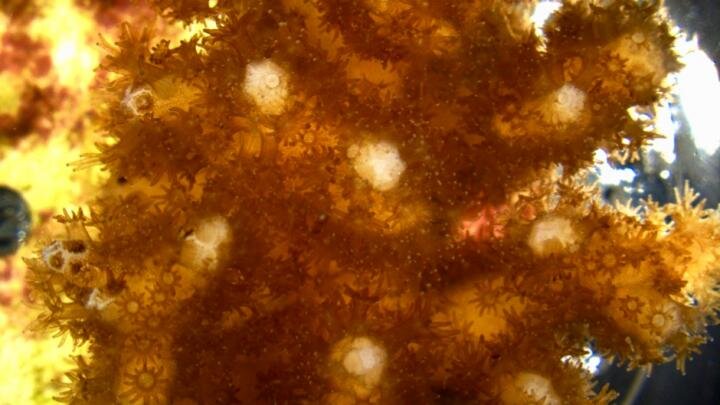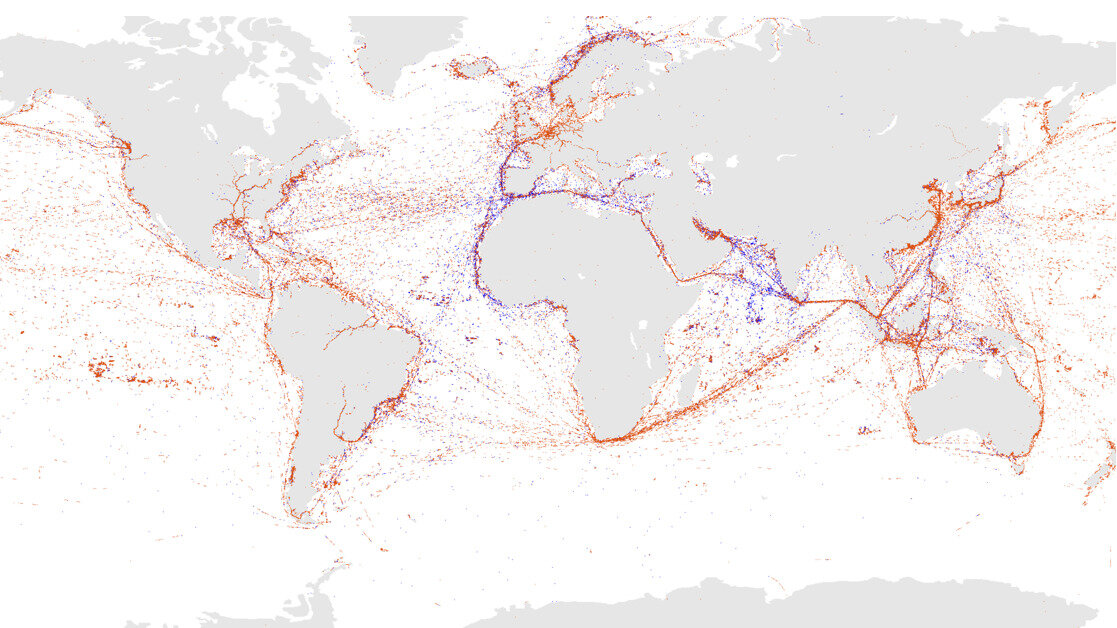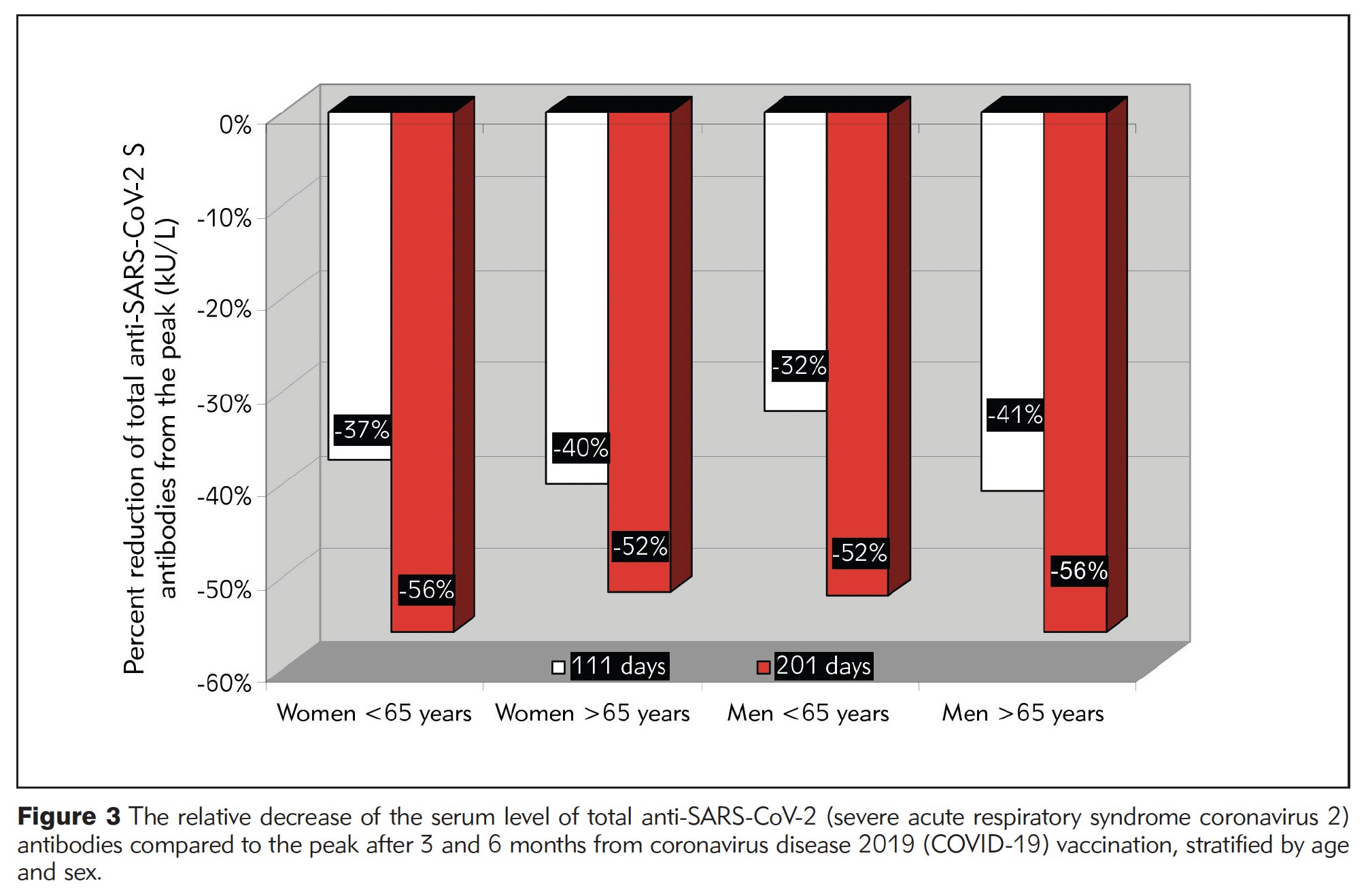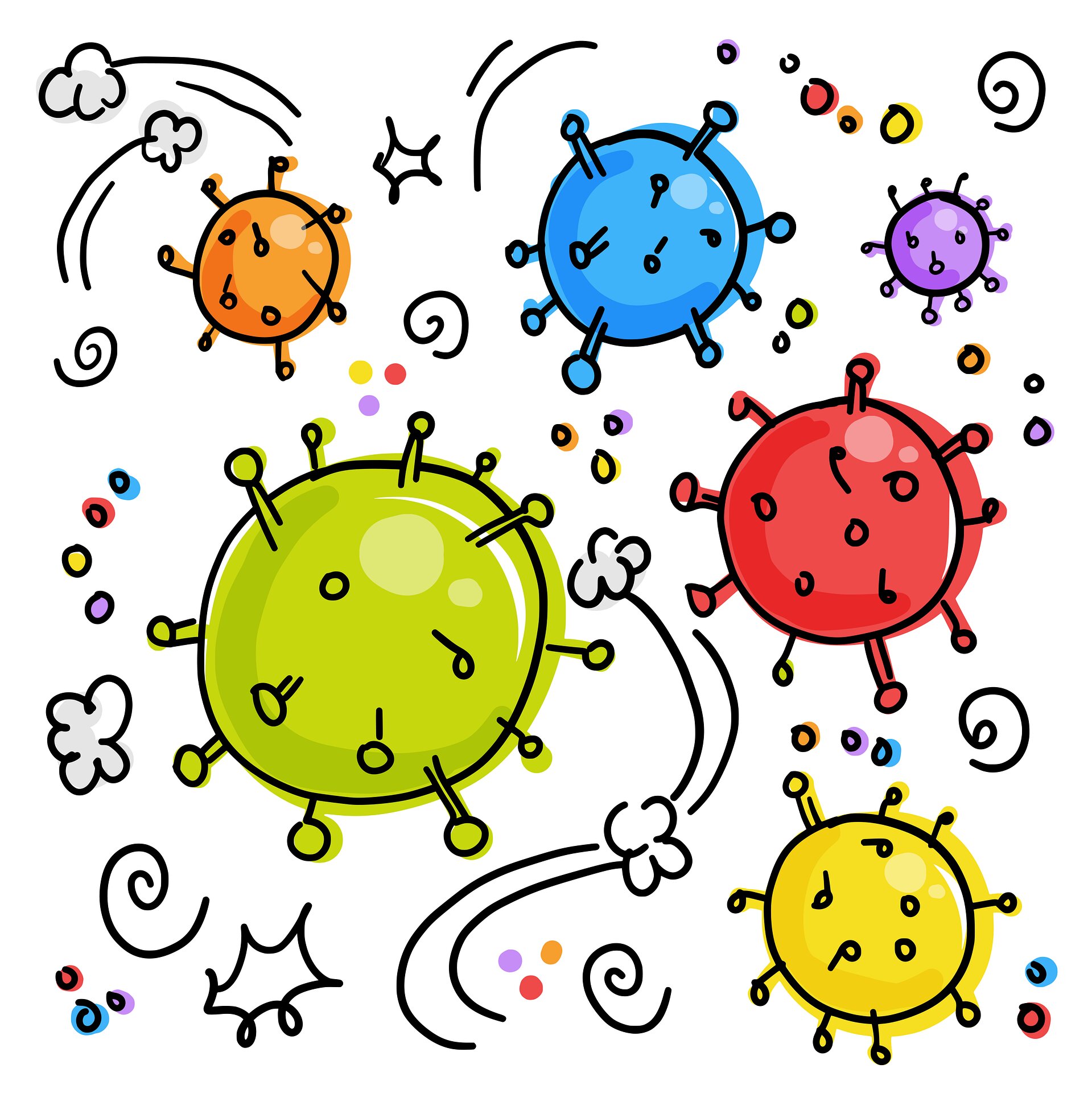#Scientists achieve breakthrough in culturing corals and sea anemones cells

“#Scientists achieve breakthrough in culturing corals and sea anemones cells”

Researchers have perfected the recipe for keeping sea anemone and coral cells alive in a petri dish for up to 12 days. The new study, led by scientists at the University of Miami (UM) Rosenstiel School of Marine and Atmospheric Science, has important applications to study everything from evolutionary biology to human health.
Cnidarians are emerging model organisms for cell and molecular biology research. Yet, successfully keeping their cells in a laboratory setting has proved challenging due to contamination from the many microorganisms that live within these marine organisms or because the whole tissue survive in a culture environment.
UM cell biologist Nikki Traylor-Knowles and her team used two emerging model organisms in developmental and evolutionary biology—the starlet sea anemone (Nematostella vectensis) and cauliflower coral (Pocillopora damicornis)—to find more successful way to grow these cell cultures in a laboratory setting.
James Nowotny, a recent UM graduate mentored by Traylor-Knowles at the time, tested 175 cell cultures from the two organisms and found that their cells can survive for on average 12 days if they receive an antibiotic treatment before being cultured.
“This is a real breakthrough,” said Traylor Knowles, an assistant professor of marine biology and ecology at the UM Rosenstiel School. “We showed that if you treat the animals beforehand and prime their tissues, you will get a longer and more robust culture to study the cell biology of these organisms.”
“This is the first time that individual cells from all tissues of coral or sea anemones were shown to survive in cell culture for over 12 days,” said Nowotny, who is currently a graduate student at the University of Maryland.
There are over 9,000 species in the phylum Cnidaria, which includes jellyfish, sea anemones, corals, Hydra, and sea fans. Due to several special unique attributes such as radial symmetry, a stinging cell known as a nematocyte and two-dermal cell layer, there is growing interest in using these animals to study key aspects of animal development.
“We can also now grow coral cells and use them in experiments that will help improve our understanding of their health in a very targeted way,” said Traylor-Knowles.
New study finds unique immunity genes in one widespread coral species
James D. Nowotny et al, Novel methods to establish whole-body primary cell cultures for the cnidarians Nematostella vectensis and Pocillopora damicornis, Scientific Reports (2021). DOI: 10.1038/s41598-021-83549-7
Citation:
Scientists achieve breakthrough in culturing corals and sea anemones cells (2021, February 25)
retrieved 25 February 2021
from https://phys.org/news/2021-02-scientists-breakthrough-culturing-corals-sea.html
This document is subject to copyright. Apart from any fair dealing for the purpose of private study or research, no
part may be reproduced without the written permission. The content is provided for information purposes only.
If you liked the article, do not forget to share it with your friends. Follow us on Google News too, click on the star and choose us from your favorites.
For forums sites go to Forum.BuradaBiliyorum.Com
If you want to read more Like this articles, you can visit our Science category.




